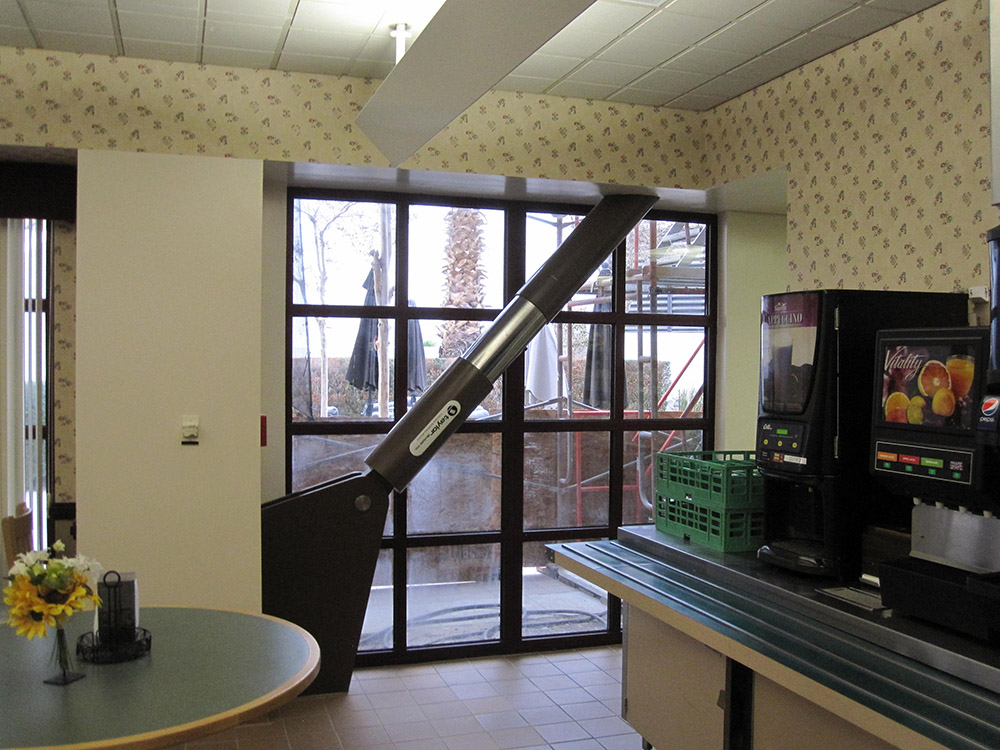This is the second in a two-part series; in case you missed it, here is part 1.
The use of technological advancements in structural analyses and measurements helps us better understand the structural systems that we are designing. Better understanding leads to reduced uncertainty, allowing us to make better use of existing and new materials and especially their arrangement. This leads to optimization of efficiencies and can lead to significant reductions in construction costs. Often times, these advanced analytical techniques allow us to employ innovative devices such as seismic dampers and seismic isolators in our building designs.
Technological Innovations Lead to Solutions to the Earthquake “Problem”
The earthquake problem is a formidable one for existing buildings and infrastructure – how do we improve buildings that were designed 50 to 150 years ago with deteriorated and archaic materials to meet modern seismic loads and safety standards? Technology, that‘s how. By this I mean we can employ technological advancements in engineering analyses, improved performance-based seismic design standards, and innovative devices such as seismic dampers and seismic isolators.
Stretch Armstrong Design or Bend but Don’t Break Design
There is a conundrum in modern seismic design codes that goes something like this: design a building to be strong, yet flexible and tough enough to move in an earthquake enough to dampen seismic energy through controlled and predictable deformation (and often damage) to the structural and nonstructural systems. So why do we do this? Because it works in providing cost-effective modern building designs that are reliable and safe.
Is there a better way to dissipate earthquake energy in ways that could leave the building in a better state during and AFTER the earthquake? The answer is a resounding, “Yes!” Energy dissipation devices such as seismic dampers and seismic isolators work to directly reduce the earthquake shaking enough to minimize or even eliminate earthquake damage. If damage is reduced significantly or even eliminated, there are real savings experienced because businesses can remain open, or buildings can continue to be occupied. Significant construction cost savings can also be realized when using these systems compared to more conventional seismic strengthening design approaches.
Fluid viscous seismic dampers are a fancy name for very large shock absorbers that are installed in buildings. These devices can weigh as much as a 1,000 pounds, yet safely resist upwards of 500,000 pounds of force while dissipating significant amounts of seismic energy. Some dampers are fluid (oil) based while others can be friction based. Buckling Restrained Braces (BRB’s) are also a form of a seismic damper with brace-like stiffness. We have performed seismic upgrades on several hospitals and other essential aviation facilities using seismic dampers with construction costs at one third to one half of conventional seismic strengthening. These are significant savings to the owner. In fact, the initial construction cost savings is only half of the cost savings picture when using these structural systems.
Business Interruption Cost Savings
Consider how much business interruption cost savings there is with buildings with these systems being undamaged and fully operational after a major earthquake. For example, Boeing’s Renton factory produces 42 airplanes a month. If those aircraft are valued at roughly $100M each, then what would the cost be of downtime after an earthquake? Well, at $4.2B per month, that is $5.8M per hour or almost $100,000 per minute of downtime! Again, these business interruption cost savings are significant.
With hospitals and other life-saving facilities, cost is secondary to the important role these essential facilities play in the disaster resilience of our communities immediately following seismic events. Their ability to operate and remain functional in an emergency is priceless.
The adoption of new technology to solve old problems in new ways can provide a significant benefit to our architecture/engineering/construction (AEC) profession, resulting in improved collaboration, reduced uncertainty, improved efficiencies, lower overall cost, and improved performance. A win-win-win situation all around!

